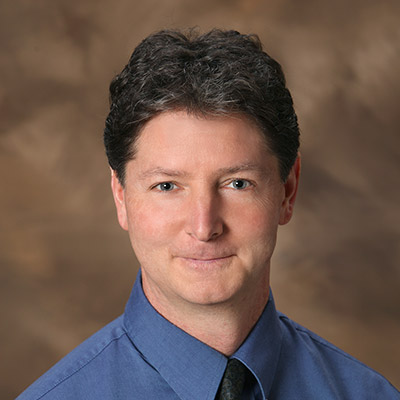Steatitis in cold-stunned Kemp’s ridley sea turtles (Lepidochelys kempii)
By Rachel C. Turner, Charles J. Innis, Brian A. Stacy, Jorge A. Hernandez, Richard C. Hill, Karen C. Scott, Salvatore Frasca, Jr., Michael M. Garner, Rachel E. Burns, Michael D. Arendt, Jennifer Brisson, Terry M. Norton, Sea Rogers Williams, Adam Kennedy, Amy B. Alexander, Nicole I. Stacy
Originally published in Animals in March 2021

Abstract
The pathogenesis of steatitis that infrequently occurs in cold-stunned Kemp’s ridley sea turtles (KRT; Lepidochelys kempii) has been undetermined. The objectives of this study were to investigate the clinical (n = 23) and histologic findings (n = 11) in cold-stunned KRT, and to compare plasma concentrations of α-tocopherol (vitamin E), thiobarbituric acid reactive substances (TBARS), and the TBARS to vitamin E (T/E) ratio (an assessment of oxidative stress) between cold-stunned KRT with clinically and/or histologically confirmed steatitis (n = 10) and free-ranging KRT (n = 9). None of the cold-stunned turtles had clinically detectable steatitis at admission, and the median number of days to diagnosis of steatitis was 71 (range 33–469). Histologic findings of affected adipose tissue included heterophilic (n = 9) and/or histiocytic (n = 5) steatitis, fat necrosis (n = 7), myonecrosis (n = 2), and intralesional bacteria (n = 6). Cold-stunned KRT had significantly lower plasma vitamin E concentrations (median = 3.5 nmol/g), lower plasma TBARS concentrations (median = 1.6 nmol/g), and higher T/E ratios (median = 0.50), than controls (62.3 nmol/g; 2.1 nmol/g; 0.03, respectively). These results suggest a multifactorial etiology for the development of steatitis in KRT during rehabilitation, including tissue injury, septicemia, and various factors resulting in imbalances of anti-/oxidative status. By highlighting the need to provide more effective vitamin E supplementation, and the need to re-assess specific components of the diet, this study may lead to reduced incidence and improved medical management of steatitis in cold-stunned sea turtles.
Full Text


